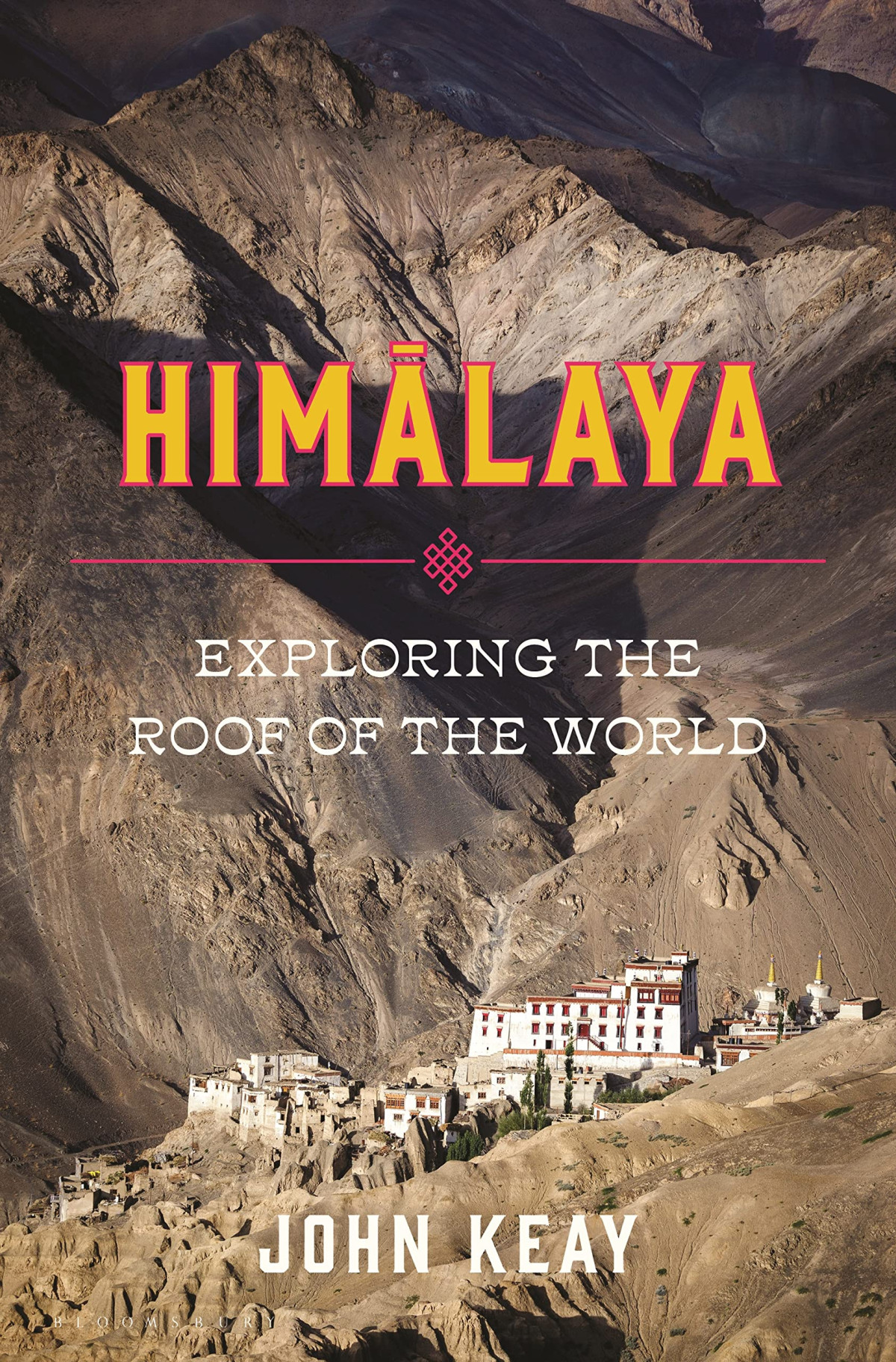

Most ebook files are in PDF format, so you can easily read them using various software such as Foxit Reader or directly on the Google Chrome browser.
Some ebook files are released by publishers in other formats such as .awz, .mobi, .epub, .fb2, etc. You may need to install specific software to read these formats on mobile/PC, such as Calibre.
Please read the tutorial at this link: https://ebookbell.com/faq
We offer FREE conversion to the popular formats you request; however, this may take some time. Therefore, right after payment, please email us, and we will try to provide the service as quickly as possible.
For some exceptional file formats or broken links (if any), please refrain from opening any disputes. Instead, email us first, and we will try to assist within a maximum of 6 hours.
EbookBell Team

0.0
0 reviewsA groundbreaking new look at Himalayaand how climate change is re-casting one of the world's most unique geophysical, historical, environmental, and social regions.
More rugged and elevated than any other zone on earth, Himalaya embraces all of Tibet, plus six of the world's eight major mountain ranges and nearly all its highest peaks. It contains around 50,000 glaciers and the most extensive permafrost outside the polar region. 35% of the global population depends on Himalaya's freshwater for crop-irrigation, protein, and, increasingly, hydro-power. Over an area nearly as big as Europe, the population is scattered, often nomadic and always sparse. Many languages are spoken, some are written, and few are related. Religious allegiances are equally diverse. The region is also politically fragmented, its borders belonging to multiple nations with no unity in how to address the risks posed by Himalaya's environment, including a volatile, near-tropical latitude in which temperatures climb from sub-zero at night to 80°F by day.
Himalaya has drawn an illustrious succession of admirers, from explorers, surveyors, and sportsmen, to botanists and zoologists, ethnologists and geologists, missionaries and mountaineers. It now sits seismically unstable, as tectonic plates continue to shift and the region remains gridlocked in a global debate surrounding climate change.Himalaya is historian John Keay's striking case for this spectacular but endangered corner of the planet as one if its most essential wonders. Without an other-worldly ethos and respect for its confounding, utterly fascinating features, John argues, Himalaya will soon cease to exist.